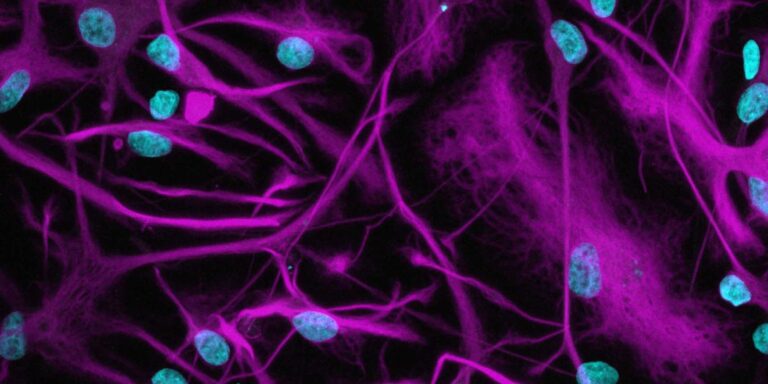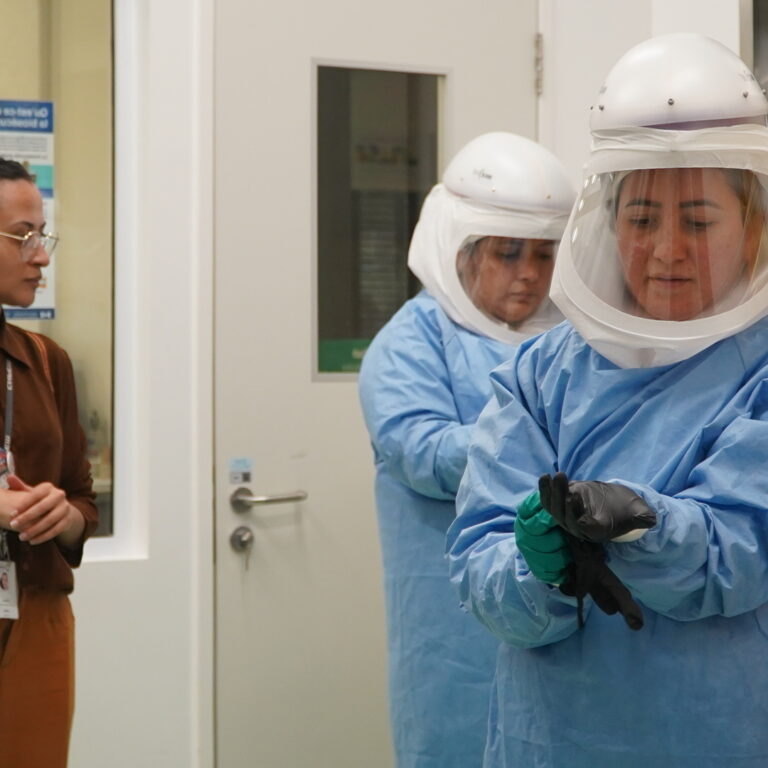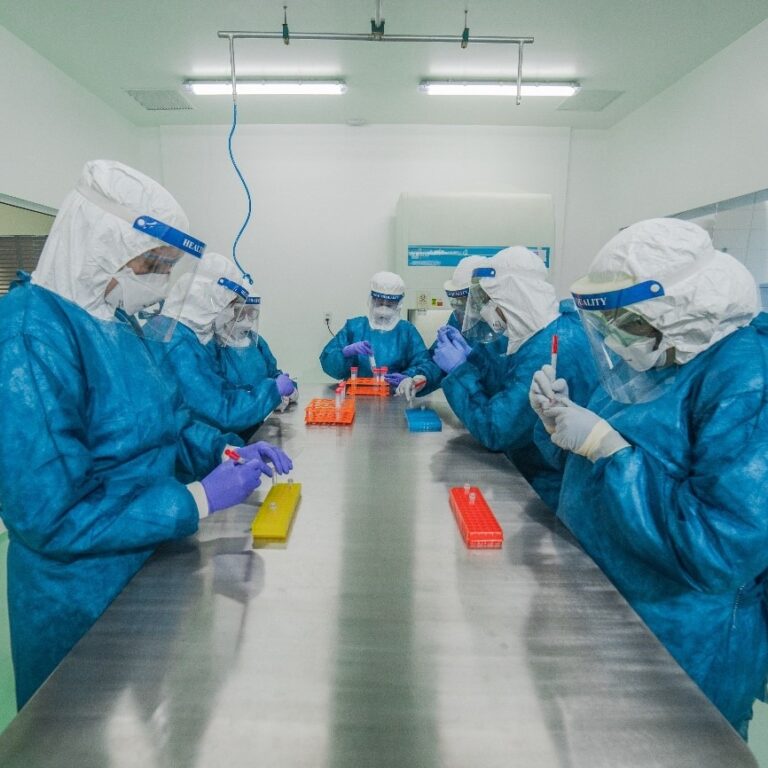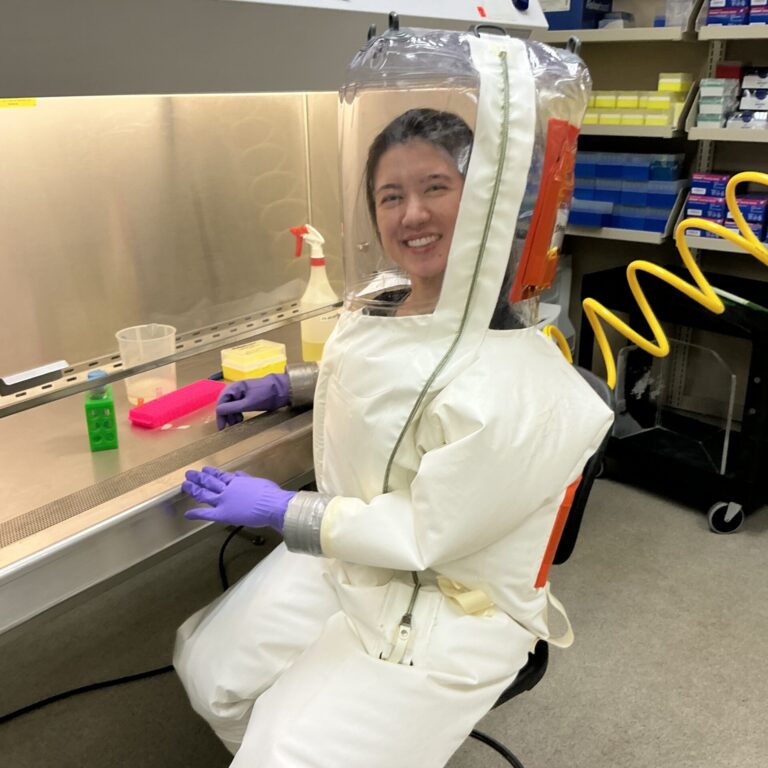The pandemic recently showed us the importance of technical mastery, suitable infrastructure, and qualified human resources in responding to public health challenges. Within this context, establishing a biosafety level 4 laboratory is strategic for the country and fulfills a long-standing demand from Brazil’s health and science professionals and institutions.
Although cases of disease caused by group 4 pathogens are a reality in various places around the world, including Brazil, few countries have the conditions to monitor, isolate, and research these biological agents, much less develop diagnostic methods, vaccines, or treatments. Without suitable infrastructure for advanced pathogen research, Brazil is dependent on other countries with BSL-4 labs, which affects national sovereignty when facing health crises related to group 4 pathogens.
The Sabiá virus (SABV) is one example of a pathogen identified in Brazil with recent case notifications that cannot be studied without a BSL-4 laboratory. Alongside SABV there are other arenaviruses circulating in Latin America that must be handled in this type of specialized infrastructure, such as the Junín, Guanarito, and Machupo viruses mentioned above.













